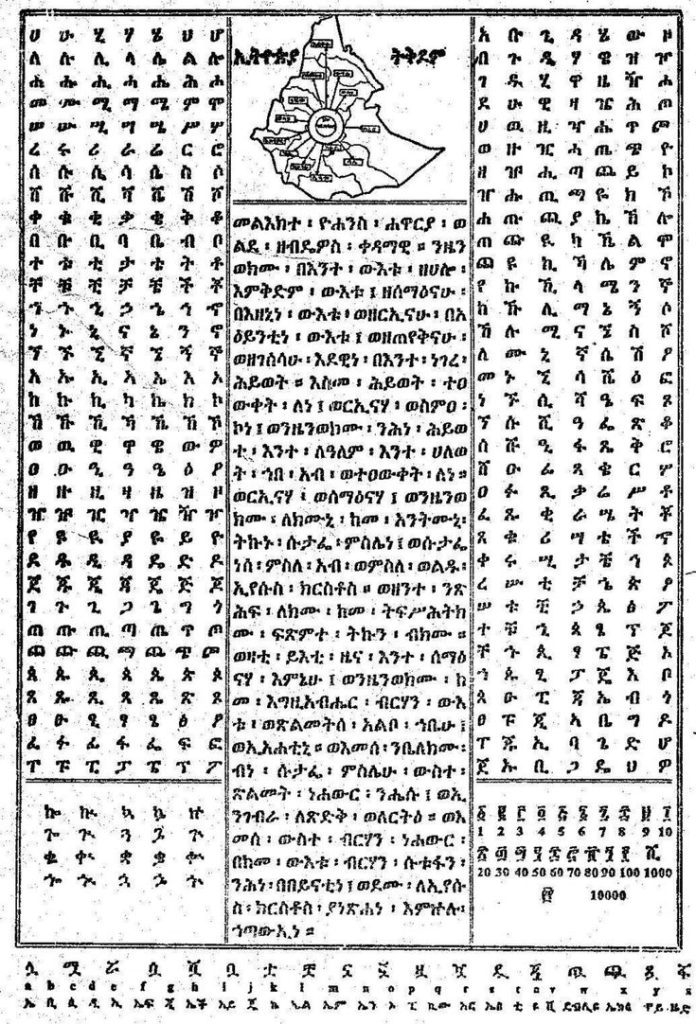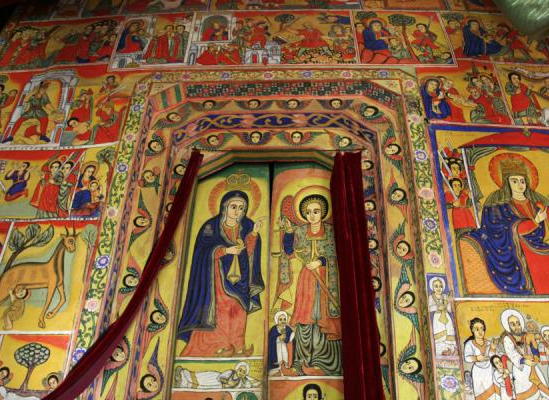
BAHIR DAR Lake Tana, located in Ethiopia’s Amhara region, is the country’s largest lake and the source of the Blue Nile. Covering about 3,673 square kilometers and sitting at 1,800 meters above sea level, such as Ura Kidane Mehret and Kebran Gabriel
Bahir Dar, on the shore of LakeTana, is one of Ethiopian’s most beautiful and historic cites. Lake Tana is Ethiopian largest lake and the source of Blue Nile River . it is for its ancient dating back to the 13th century. monasteries , the lake is dotted with ancient island monasteries such as Ura Kidane Mehiret , Kibran GEbrael. Narga Selassie ,Tana chrqos it has best to see where in the old testament we get where the real ark of the covenant was and you can see the real place of sacred to almighty God , and the place for the tent of and the dead body of Ethiopian medieval period in Daga Estifanos , and unlivable very old manuscripts many religious items of the old testament objects in this lake
Near by the Tis Esat Abay(Blue Nile falls) known as ”Tis Issat” or “smoke of fire “ – offer a stunning natural view, especially during rainy season, The falls are 40 meter high and are a symbol of Ethiopian’s natural power and beauty.
On the other hand the most chosen place and the dweller of Egyptian goddesses such as all goddesses were in the form of Statue and they shifted to the blue Nile gorge and they got it the form of men before history began before Pharos such as we came from the beginning of the Nile where hapi god Dwells(Dr. Yoseph Ben) , and on the bible where It mentioned about garden of Eden ‘one of the four river mentioned on the bible circled Eden is Abay ( the Blue Nile genesis 2) and they like the Greek mythology about there goddesses such as where got flesh the father of Greek god Zeus the book of Iliad and Odessay .
Ecologically, Lake Tana supports endemic fish species and diverse birdlife. Its surrounding wetlands enable fishing and farming, sustaining local livelihoods. The nearby city of Bahir Dar, with its lake side charm and
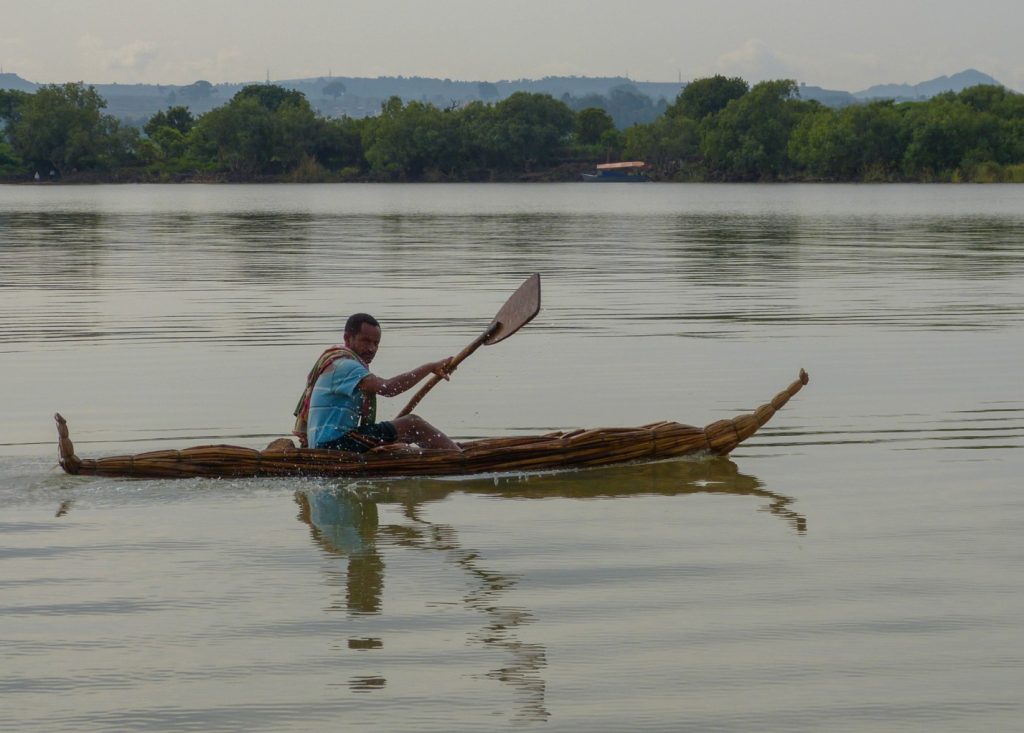
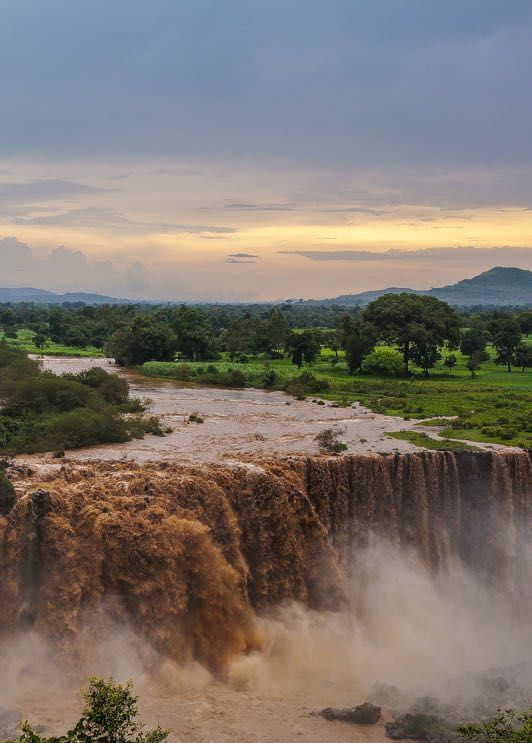
Near by the Tis Esat Abay(Blue Nile falls) known as ”Tis Issat” or “smoke of fire “ – offer a stunning natural view, especially during rainy season, The falls are 40 meter high and are a symbol of Ethiopian’s natural power and beauty.
On the other hand the most chosen place and the dweller of Egyptian goddesses such as all goddesses were in the form of Statue and they shifted to the blue Nile gorge and they got it the form of men before history began before Pharos such as we came from the beginning of the Nile where hapi god Dwells(Dr. Yoseph Ben) , and on the bible where It mentioned about garden of Eden ‘one of the four river mentioned on the bible circled Eden is Abay ( the Blue Nile genesis 2) and they like the Greek mythology about there goddesses such as where got flesh the father of Greek god Zeus the book of Iliad and Odessay .
Ecologically, Lake Tana supports endemic fish species and diverse birdlife. Its surrounding wetlands enable fishing and farming, sustaining local livelihoods. The nearby city of Bahir Dar, with its lake side charm and proximity to the falls, attracts many tourists.
As part of the Nile Basin, Lake Tana is also significant in regional hydro politics. It is not only a source of water but a symbol of Ethiopia’s spiritual, cultural, and environmental heritage.
Together Bahir Dar. Lkae Tana , and Tis Abay reflect Ethiopian’s deep spiritual, cultural and natural heritage.
Mount Abune Yosef , located near Lalibela in the northern Ethiopia , Is one of the country’s highest pick at 4,260 meters. It offer breathing trekking experience with panoramic views, diverse wild life , and rich local culture . The mountain is part of Lasta highland features dramatic escarpment, Afro-alpine meadows, and wide plateaus.
Trekkers can enjoy spectacular routes such as the Rim Ridge Trail (3,800 – 4,000 m) , which cliff and vast horizon , Mount Zigit (4,030 m) , which provide solitude and sweeping view of surrounding landscape . The Degosach plateau (3,800 m) is ideal for spotting endemic species like Ethiopian wolf and Gelada baboons. Meanwhile, Tegu Kebele (3,750 m) boasting view back toward Lalibela and Wag valleys.
Mount Abune Yosef combines natural beauty, wildlife, and culture, making it a perfect destination for trekkers seeking both adventure authenticity in Ethiopian’s highlands.
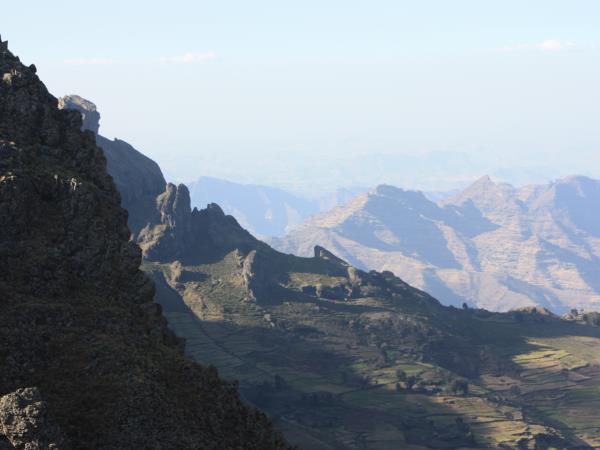
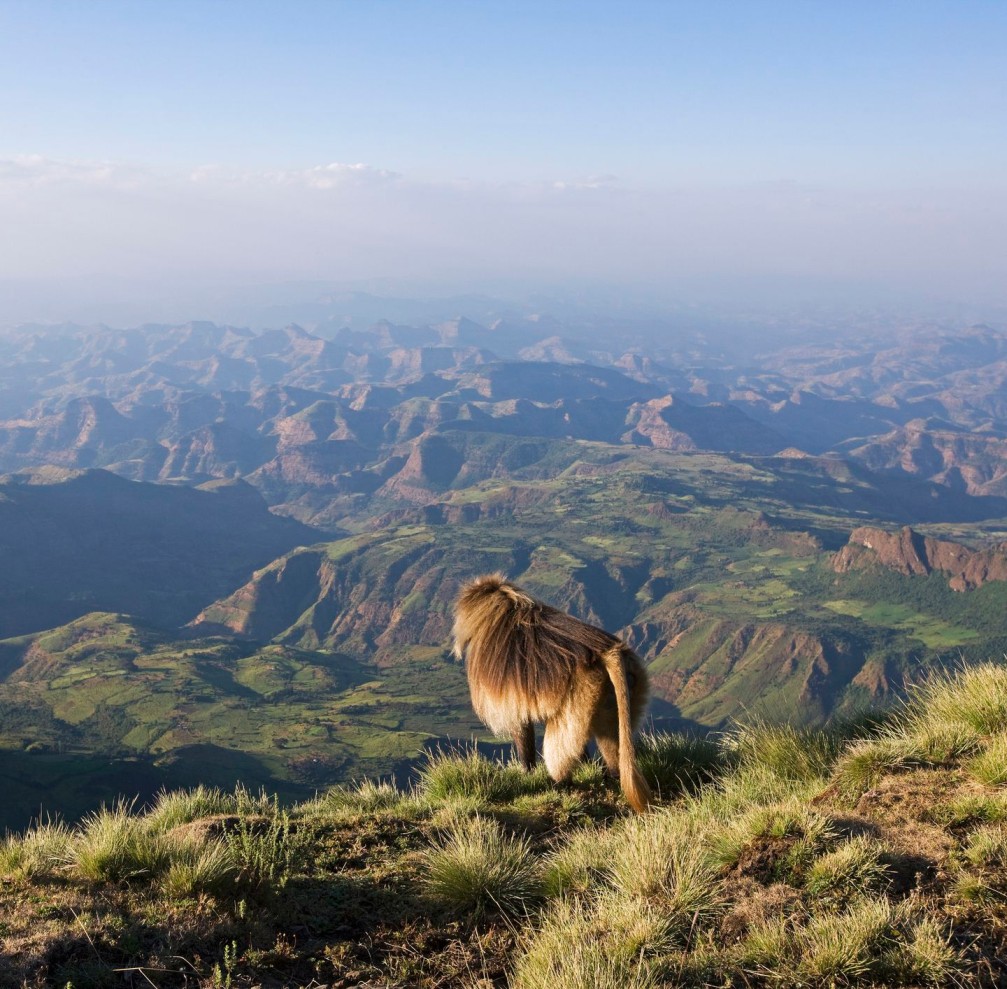
Simien Mountains National Park, located in northern Ethiopia, is a stunning natural site known for its high peaks, deep valleys, and unique wildlife. Ras Dejen, the tallest mountain in Ethiopia at 4,533 meters, along with Mount Bwahit and Kidus Yared, forms part of this dramatic landscape. The park lies near the northern edge of the East African Rift Valley and was shaped by the same tectonic forces that created the Rift. Millions of years ago, volcanic eruptions and earth movements uplifted the Ethiopian Highlands, carving the rugged terrain of the Simien Mountains. This makes the park a key area for understanding the geological history of the Rift Valley system.
Home to rare and endemic species like the Ethiopian wolf (often called the red fox), the red-chested Gelada baboon, and the Walia ibex, the park holds great ecological value. Its ecosystems range from montane forests to Afro-alpine zones. Despite threats like overgrazing and human settlement, conservation efforts have preserved its beauty. As a UNESCO World Heritage site, Simien Mountains National Park attracts trekkers and nature lovers with its striking scenery, unique wildlife, and geological significance tied to the East African Rift Valley.
Lalibela, located in Ethiopia’s Amhara Region, is a sacred town known for its remarkable rock-hewn churches. Built in the 12th and 13th centuries during the reign of King Lalibela of the Zagwe Dynasty, the site was intended to be a "New Jerusalem" for Ethiopian Christians after the real Jerusalem fell under Muslim control.
King Lalibela is often associated with the legendary figure Prester John—a mythical Christian king and priest believed by Europeans to rule a rich, holy kingdom somewhere in the East. Many historians believe that tales of Prester John were inspired in part by the fame of King Lalibela and Ethiopia’s powerful Christian kingdom. This connection added to the mystery and fame of Lalibela in medieval Europe.
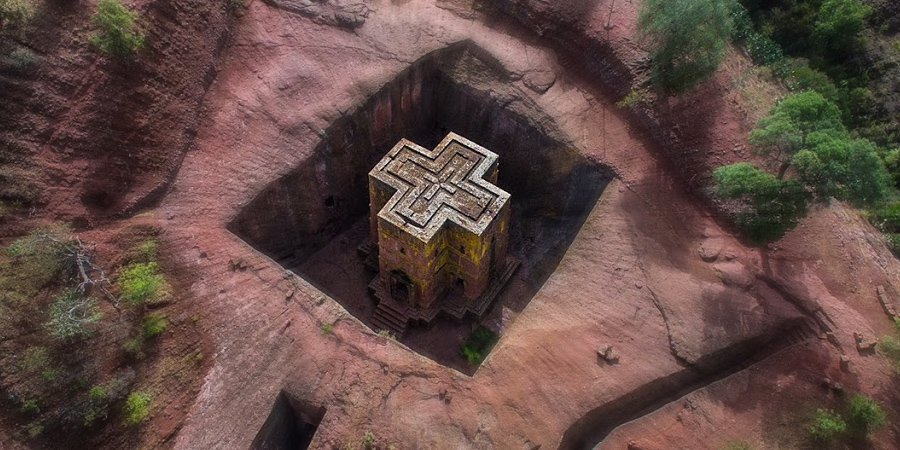
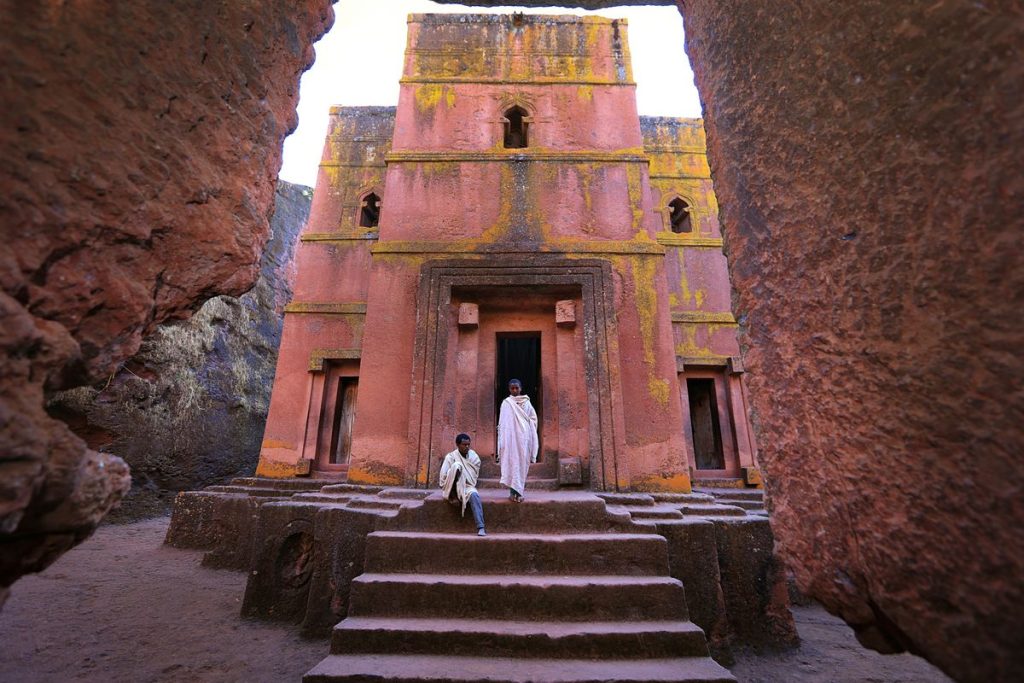
The town is home to eleven medieval churches carved entirely out of solid rock. These include Bete Medhane Alem, the largest monolithic church in the world; Bete Giyorgis, shaped like a cross; and Bete Maryam, known for its intricate decorations. The churches are connected by tunnels and passageways, symbolizing a spiritual journey.
Lalibela remains a major pilgrimage site where religious ceremonies are still performed. In 1978, UNESCO named it a World Heritage Site, recognizing its historical and cultural importance.
Lalibela stands as a symbol of Ethiopia’s deep Christian heritage, royal legacy, and exceptional architectural achievement.
Gondar, located in Ethiopia’s Amhara region, is a remarkable historic city often referred to as the "Camelot of Africa." It served as the capital of Ethiopia from the 17th to the 19th century. The city is renowned for its Royal Enclosure (Fasil Ghebbi)—a walled compound covering over 70,000 square meters, which contains a group of royal castles, palaces, and churches built by Emperor Fasilides and his successors.
At the heart of the enclosure stands Fasilides’ Castle, the most iconic structure, known for its imposing stone architecture, domed towers, and elevated terraces. Other notable buildings include the Palace of Iyasu I, known for its once lavish decoration and large halls used for public ceremonies; the Library of Emperor Yohannes I; and the Chancellery of Emperor Bakaffa, along with his banquet hall and steam baths, which show the influence of Ottoman and Moorish design.
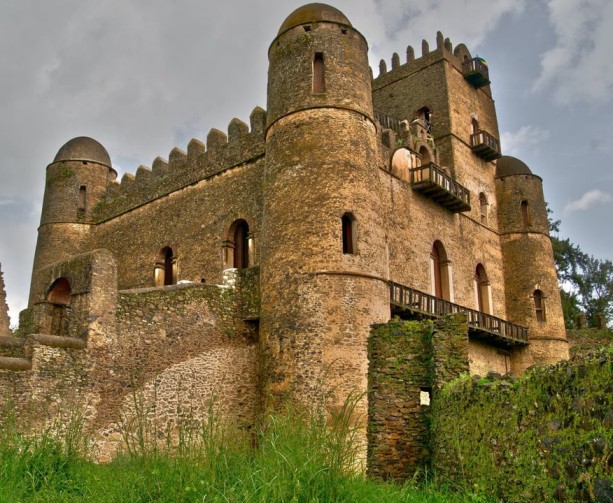
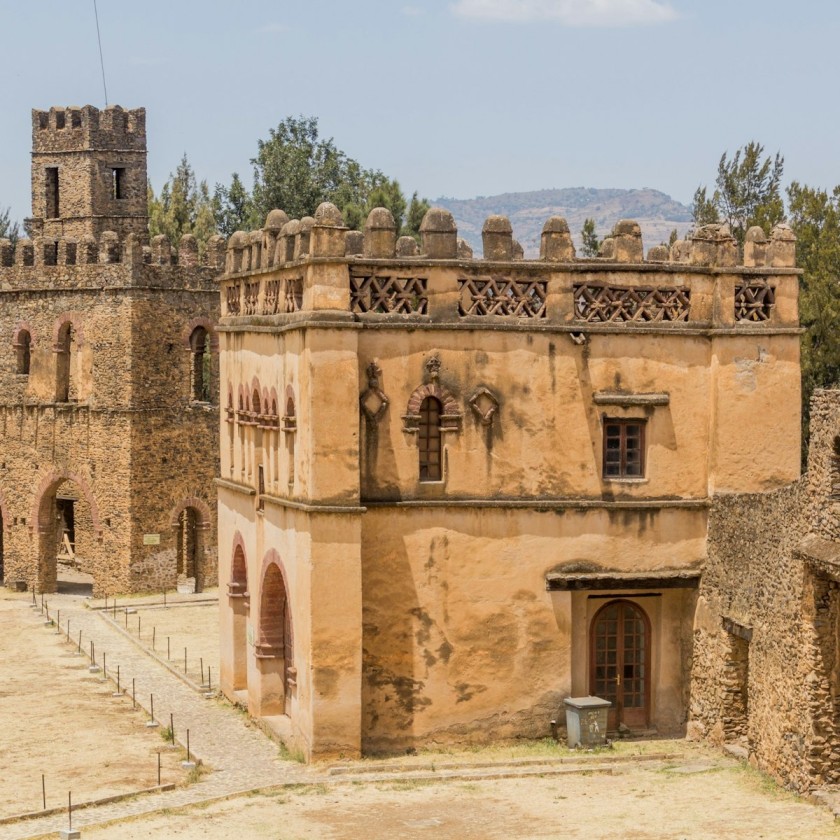
Nearby, Fasilides’ Bath, a sunken rectangular pool surrounded by trees and stone walls, is filled with water once a year during Timket (Epiphany). It serves as the centre of the celebration, where priests and believers re-enact Christ’s baptism.
Outside the enclosure, the Debre Berhan Selassie Church is another cultural treasure, famous for its ceiling adorned with rows of cherubic angels and walls covered in colorful biblical scenes—making it one of Ethiopia’s most treasured artistic legacies.
In 1979, the Royal Enclosure of Gondar was inscribed as a UNESCO World Heritage Site, honored for its outstanding universal value and unique architectural style that combines Ethiopian, Portuguese, Indian, and Moorish elements.
Today, Gondar is a vibrant city that continues to attract visitors with its rich history, stunning architecture, and its role as a gateway to Simien Mountains National Park, making it a must-see stop on Ethiopia’s historic northern route.
Axum, located in northern Ethiopia, was the capital of the ancient Aksumite Empire, one of Africa’s most advanced early civilizations. But even before Axum rose to power, the region was home to the D’mt (Dəʿamat) Kingdom, centered in Yeha around the 8th–5th century BCE. D’mt laid the foundation for Ethiopian civilization through its early writing system (Ge’ez), stone architecture, and agriculture, which later influenced Axum.
By the 1st century AD, Axum had become a powerful empire that controlled trade routes across Africa, Arabia, and the Mediterranean. One of its most remarkable achievements was the construction of monumental obelisks, also known as stelae. These towering stone pillars were carved from single pieces of granite and served as grave markers for royalty and nobility. The most famous is over 24 meters tall and weighs more than 160 tons—a true symbol of ancient Ethiopian engineering. Some stelae are intricately decorated with carved windows, doors, and false floors, resembling multi-story buildings. These obelisks demonstrate the Axumites' skill in stonework, their belief in the afterlife, and their advanced organization as a society.
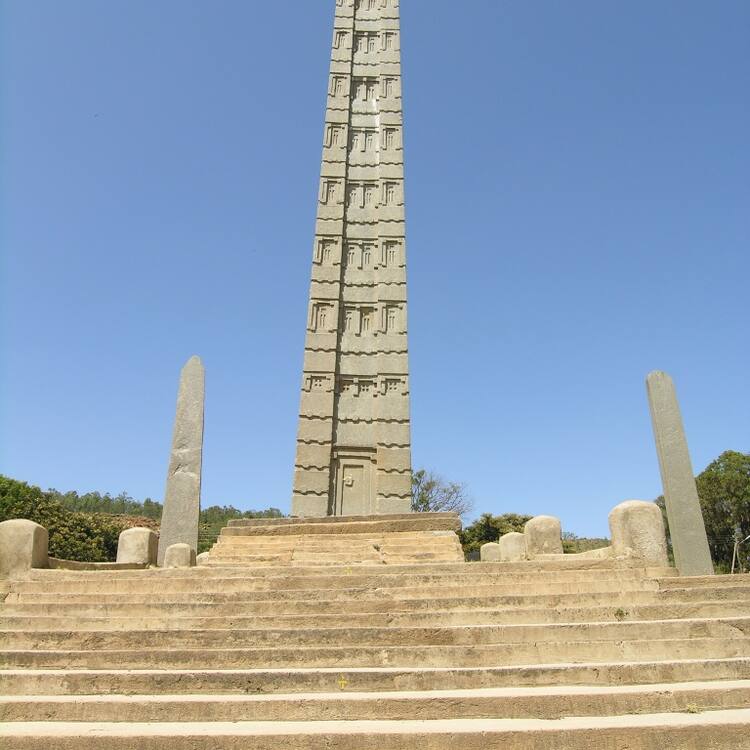
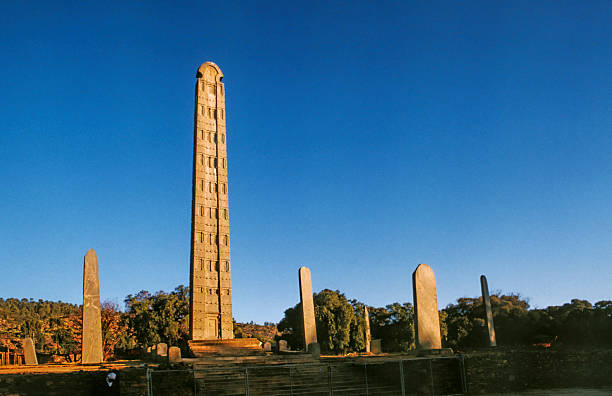
Axum was also one of the first African kingdoms to adopt Christianity in the 4th century under King Ezana, further enriching its cultural legacy. The city is believed to house the Ark of the Covenant in the Church of St. Mary of Zion, making it a sacred place for millions of Ethiopian Orthodox Christians. Each year, thousands gather in Axum to celebrate the Festival of Maryam Zion.
Today, Axum is a UNESCO World Heritage Site with ruins of palaces, underground tombs, ancient inscriptions, and the world-renowned obelisks. Together with the earlier D’mt civilization, Axum reflects the deep and proud roots of Ethiopia's identity and its unmatched contributions to African and world history.
Tigray is the birthplace of Ethiopian civilization and a treasure trove of history, faith, and
breathtaking landscapes.
It was home to the Kingdom of D'mt and later the mighty Axumite Empire, one of Africa's earliest
Christian civilizations.
In Axum, visitors encounter towering obelisks, ancient palaces, and the legendary Church of St.
Mary of Zion, where the Ark of the Covenant is believed to rest.
Nearby, the pre-Axumite temple of Yeha-dating back over 2,700 years-is Ethiopia's oldest standing
structure, showcasing advanced architecture from a forgotten era.
Tigray is also a center of Ethiopian Orthodox spirituality. The region is famed for its rock-hewn
churches, carved into cliffs and mountains with unmatched devotion.
Highlights include the Abune Yemata Guh church (accessible via a thrilling cliffside climb), Maryam
Korkor, and Daniel Korkor in the Gheralta Mountains.
The twin-church of Abreha We Atsbeha, near Wukro, and Wukro Chirkos are masterpieces of early
Christian stonework.
On the mountaintop of Debre Damo, accessible only by climbing a rope up a cliff, lies a 6th-century
monastery reserved for men-one of the oldest in Ethiopia.
Adwa, the site of the historic 1896 victory where Ethiopian forces defeated Italian colonizers, stands
as a symbol of African resistance and pride.
From the valleys of Yeha to the peaks of Gheralta, Tigray invites travelers to walk through time,
faith, and resilience.
